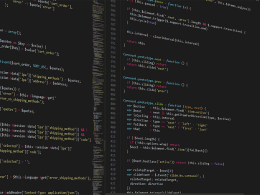1. Start with the basics: HTML consists of tags that are used to define the structure of a webpage. Get familiar with the basic tags such as ,
, ,,
2. Use the right tools: You can use a text editor such as Notepad or code editors like Sublime Text and Atom to write your HTML and CSS code. However, there are also specialized tools like Adobe Dreamweaver and Visual Studio that come with advanced features such as code hinting and live preview.
3. Practice, practice, practice: The more you practice, the better you get at coding. Start by creating basic layout designs and then move on to more complex websites. Build your skills by creating personal projects or contributing to open-source projects.
4. Follow coding standards: Consistency in code formatting makes it easier to read and understand for you and other developers. Follow coding standards such as indenting your code, using lowercase tags, and separating CSS from HTML.
5. Use online resources: There are a lot of online resources available for beginners. Websites like Codecademy, W3Schools, and Udemy offer online courses, tutorials, and exercises that can help you learn HTML and CSS in a fun and interactive way.
6. Join a community: Join online communities like GitHub, Stack Overflow, and Reddit to interact with other developers and ask for help when you’re stuck. You can also attend developer meetups and conferences to network and learn from professionals.
In conclusion, mastering HTML and CSS takes time and practice. Start with the basics, use the right tools, follow coding standards, utilize online resources, and join a community. With persistence, you can become proficient in creating beautiful websites that are functional and engaging.









